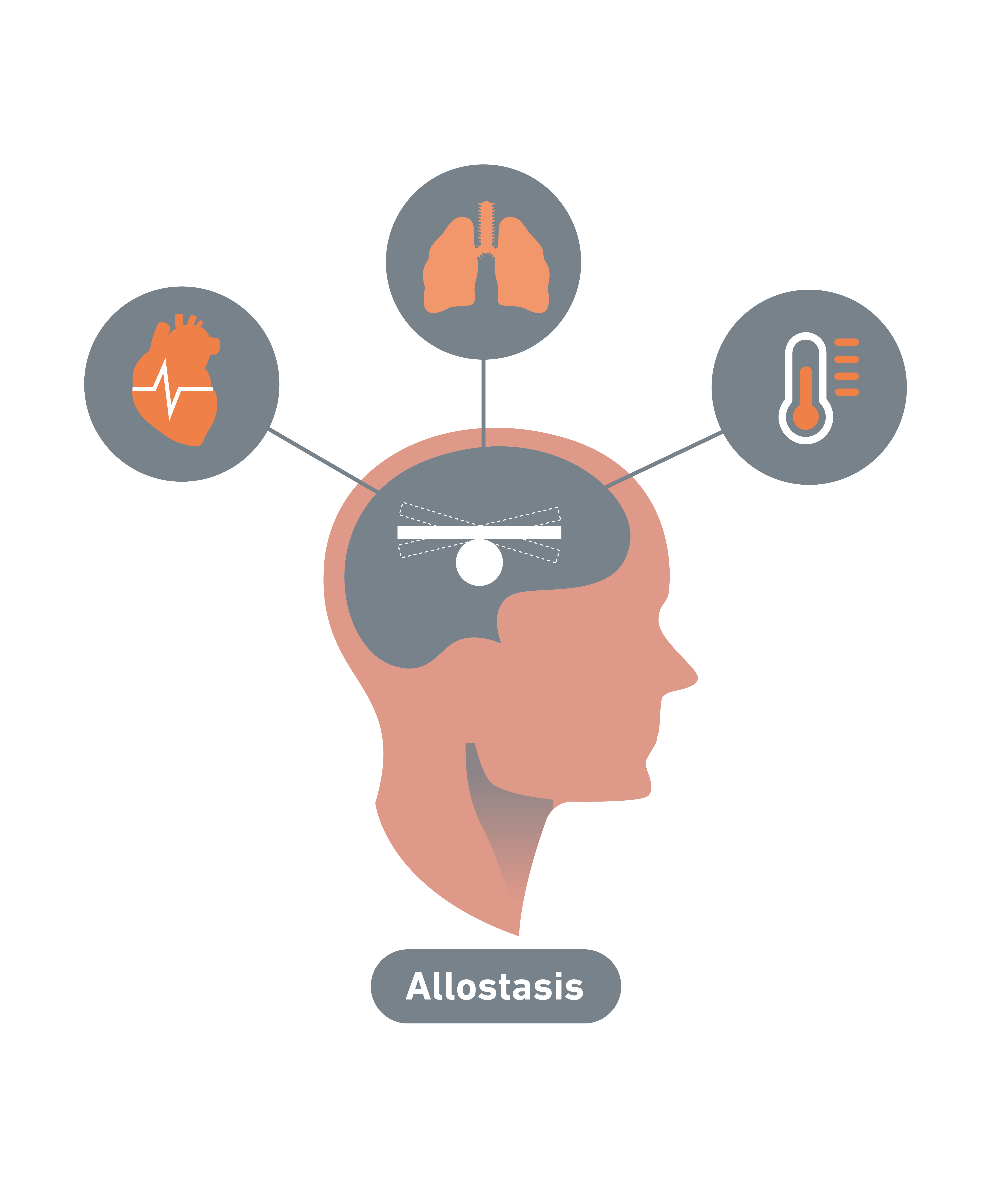
Lesson objective:
In this lesson, we learn about the brain and the body’s coordination to our conscious awareness to adjust our various systems. Homeostasis is the tendency of various physiological systems to revolve around a stable equilibrium level, while accommodating temporary increases and decreases in activity.
The brain and the body coordinate with each other quickly and without our conscious awareness to adjust our various systems. And as we mentioned previously, we are regulating frequently and consistently, responding to fluctuations and changes in the world around us.
Overall, systems regulate up or down in order to ensure that needs are met, the body is satisfied, and systems are functioning healthily. This fluctuation between elevated and resting states is critical to a healthy body and mind.
In English, some researchers call this balance of systems homeostasis. This comes from Greek words meaning to “maintain at the same level.” In other words, homeostasis is the tendency of various physiological systems to revolve around a stable equilibrium level, accommodating temporary increases and decreases in activity.
Generally, the regulatory processes our bodies go through in maintaining that homeostasis is called allostasis. This comes from Greek words meaning to “stabilize by variation,” to stabilize by varying, by changing.
Allostasis ensures that our systems turn up and down, off and on, in a predictive way to keep us functioning at the level needed to meet the current demands.
For example, when exercising, the body’s systems need to “turn up” to send more blood and oxygen to the muscles. Heart rate and breath increase–these increases are allostatic adjustments . But, after exercise is over, the body’s respiratory, circulation, and nervous system will slowly regulate down, closer towards its resting state, also a form of allostatic adjustment. The exercise added increased demand for a period of time, but overall, we average around a certain level.
On the other hand, periods of rest or sleep allow the body’s systems to slow down a bit. Heart rate, blood pressure, and body temperature usually drop. But upon waking, these various systems “turn up” again. 
Allostasis is fast and unconscious. For example, right before you stand up, your blood redistributes its flow so that you don’t pass out. This is one small example of allostasis, and it happens below your conscious awareness, in prediction of what may be coming next. In this sense, allostasis can be understood as predictive regulation of various systems.
Allostasis is very efficient and adaptive. It is another example of how your brain creates shortcuts between the brain and body in order to help you survive. Again, allostasis is adaptive, meaning it occurs in favor of our survival.
For example, when you feel threatened, it is important that your brain quickly and automatically regulates your systems to respond accordingly. Similarly, in times of calm and relaxation, it is adaptive that your brain quickly and unconsciously calms your systems down, regulating them down to lower levels in order to enjoy the moment.
As said, short-term changes to one system are normal. They are necessary. Allostasis is necessary if we are to successfully operate in the world.
Sometimes, our bodies regulate without our conscious awareness. Changes in heart rate, blood pressure, temperature, breath, and digestive functions, for example, are not necessarily under our control. Other forms of regulation and adaptation though, are within our direct control.
In other words, some forms of regulation are unconscious, whereas others are willful (deliberate). Some forms of regulation are taken care of by the elephant, whereas others are taken care of by the rider.
In many cases when our bodies cannot do the job of regulating for us, we rely on interoception to know when some regulation is needed. Think of some cases when regulation is not relegated to the elephant, when the body does not go through any allostatic adjustment without our conscious support. For example–eating when we feel hungry.
When we get signals that a system in our body is in need, we find a way to regulate the situation and address the need. The cycle is straightforward: it goes from signal–in this case the rumbling of the stomach–to —”ah! I’m hungry!” to regulation–eat.
Recall the engineers in the control tower. When one system indicates a problem, they find a way to address it quickly, to ensure everything proceeds risk-free, without delay. Sometimes the solution is internal. Sometimes it is external. For us humans, the regulation option may be as simple as eat or drink. It also may be very complicated and require a lot of deliberate effort from the “rider” on your elephant. And it also could be unconscious entirely and happening without our awareness.
As we learn about stress and trauma–the notions of automatic regulation and allostasis will become all the more important. Stay tuned.